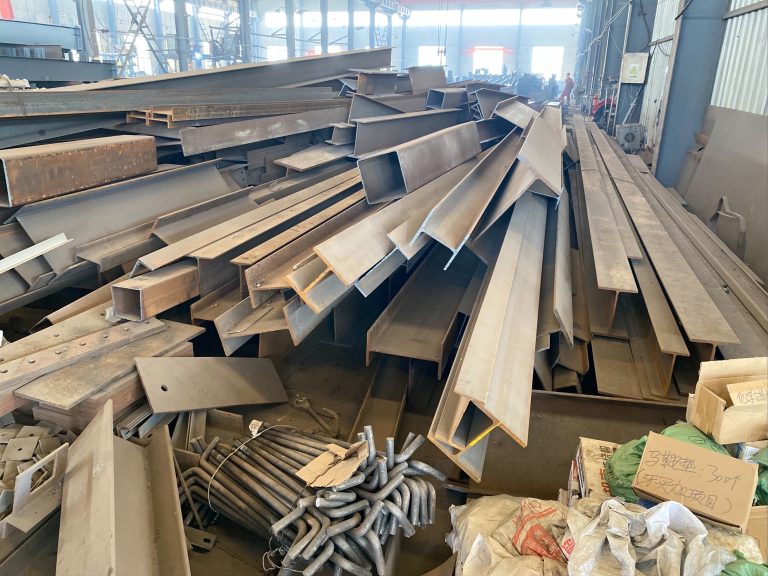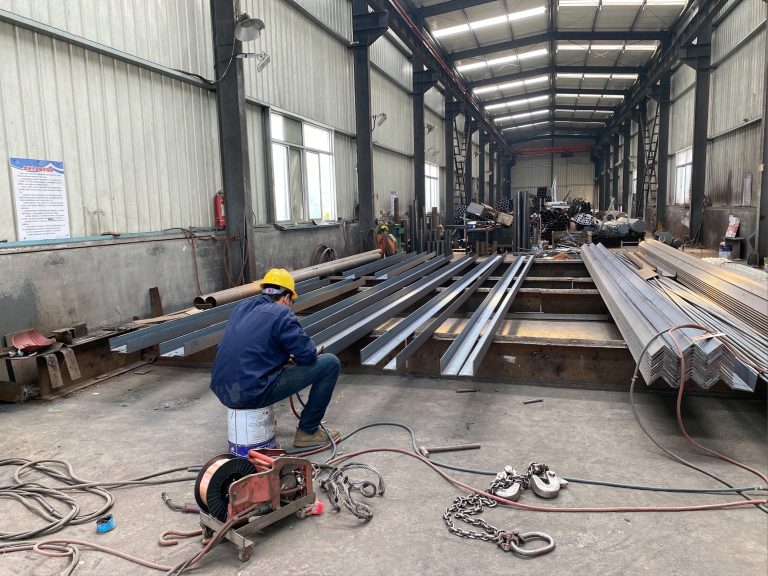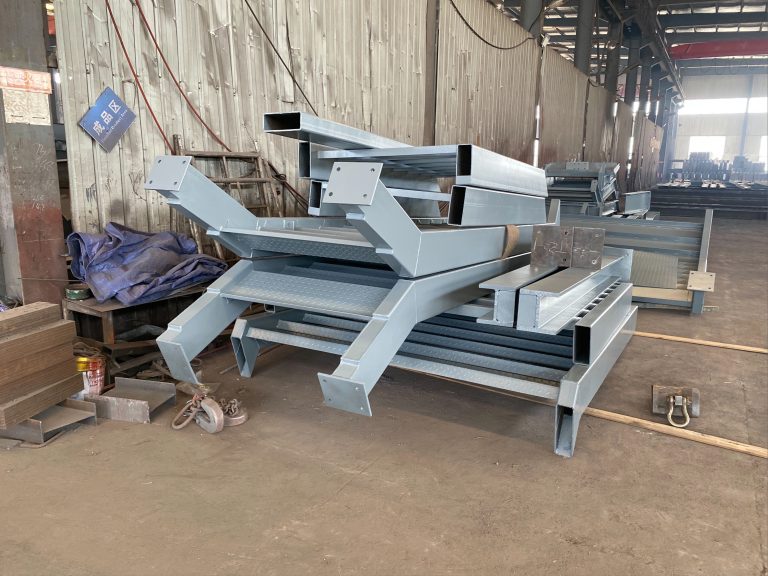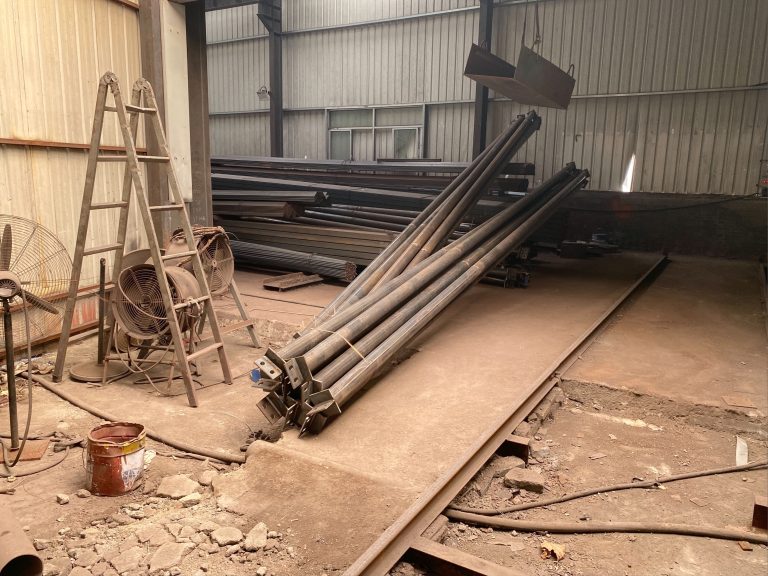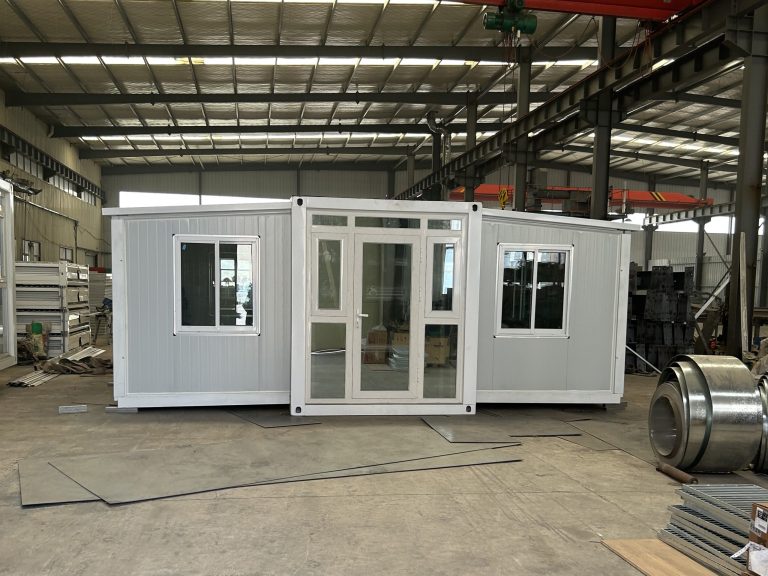Interactive learning space of container house in environmental building education
Table of Contents
Benefits of Using Container Houses as Interactive Learning Spaces in Environmental Building Education
Container houses have gained popularity in recent years as a sustainable and cost-effective housing solution. These structures, made from repurposed shipping containers, offer a unique opportunity for interactive learning spaces in environmental building education. By utilizing container houses as educational tools, students can gain hands-on experience in sustainable construction practices while also learning about the importance of environmental conservation.
One of the key benefits of using container houses as interactive learning spaces is their versatility. These structures can be easily modified and customized to suit the specific needs of an educational program. Whether it be a classroom, workshop, or demonstration space, container houses can be adapted to accommodate a variety of learning activities. This flexibility allows educators to create engaging and interactive experiences for students, enhancing their understanding of environmental building principles.

Furthermore, container houses offer a tangible example of sustainable design in action. By using repurposed materials and incorporating eco-friendly features such as solar panels and rainwater harvesting systems, these structures serve as a real-world demonstration of environmentally conscious construction practices. Students can see firsthand how sustainable design choices can reduce waste, conserve resources, and minimize the environmental impact of building projects.
In addition to their environmental benefits, container houses also provide a unique learning environment for students. The compact size and modular design of these structures encourage creative problem-solving and innovative thinking. Students can explore different layout options, experiment with sustainable building materials, and collaborate on design projects, fostering a hands-on approach to learning that is both engaging and practical.
Moreover, container houses offer a cost-effective solution for educational institutions looking to incorporate interactive learning spaces into their curriculum. Compared to traditional building methods, container houses are relatively inexpensive to construct and maintain, making them an attractive option for schools and universities with limited budgets. By repurposing shipping containers, educators can create sustainable learning environments that are both affordable and environmentally friendly.
Another advantage of using container houses as interactive learning spaces is their mobility. These structures can be easily transported to different locations, allowing educators to bring environmental building education directly to students. Whether it be a school campus, community center, or outdoor event, container houses can serve as a mobile classroom that engages learners of all ages in hands-on learning experiences.
In conclusion, container houses offer a unique opportunity for interactive learning spaces in environmental building education. By utilizing these structures as educational tools, students can gain practical experience in sustainable construction practices, learn about the importance of environmental conservation, and explore creative solutions to real-world challenges. With their versatility, sustainability, affordability, and mobility, container houses provide a valuable resource for educators seeking to inspire the next generation of environmentally conscious builders and designers.
Design Ideas for Creating an Engaging and Educational Environment in a Container House Learning Space
Container houses have gained popularity in recent years as a sustainable and cost-effective housing solution. These structures, made from repurposed shipping containers, offer a unique opportunity to create interactive learning spaces that promote environmental building education. By incorporating design elements that engage and educate visitors, container houses can serve as valuable tools for teaching about sustainable living practices.
One key aspect of designing an engaging and educational environment in a container house learning space is to make use of interactive exhibits. These exhibits can include hands-on activities, multimedia presentations, and informational displays that showcase the benefits of sustainable building practices. By allowing visitors to actively participate in the learning process, they are more likely to retain the information and apply it to their own lives.
In addition to interactive exhibits, incorporating green building features into the design of the container house itself can further enhance the educational experience. For example, installing solar panels, rainwater harvesting systems, and energy-efficient appliances can demonstrate the practical applications of sustainable building techniques. By showcasing these features in a real-world setting, visitors can see firsthand how they can reduce their environmental impact through simple changes to their living spaces.
Another important aspect of creating an engaging and educational environment in a container house learning space is to design the layout in a way that encourages exploration and discovery. By incorporating open floor plans, natural lighting, and flexible seating arrangements, visitors are more likely to feel comfortable and engaged in the space. Additionally, using materials such as reclaimed wood, recycled glass, and low-VOC paints can further reinforce the message of sustainability and environmental responsibility.
Furthermore, incorporating elements of biophilic design into the container house learning space can help to create a connection between visitors and the natural world. Biophilic design principles, such as incorporating natural materials, plants, and views of the outdoors, have been shown to improve cognitive function, reduce stress, and enhance overall well-being. By bringing elements of nature into the learning space, visitors can experience the benefits of sustainable living firsthand.
In conclusion, designing an interactive learning space in a container house for environmental building education requires careful consideration of both the physical design elements and the educational content. By incorporating interactive exhibits, green building features, and elements of biophilic design, container houses can serve as valuable tools for teaching about sustainable living practices. By creating a space that engages and educates visitors, we can inspire a new generation of environmentally conscious individuals who are committed to making a positive impact on the planet.


